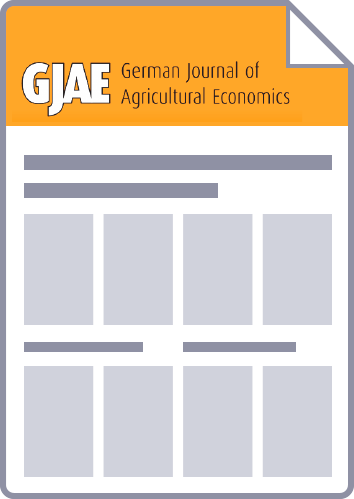The use of economic tools such as the benefit-cost analysis often requires determining non-market values of environmental goods. One of the appropriate measures to determine these values is the contingent valuation. As a stated preference technique it allows to measure non-use values as well as to value future states of the environment. However, the credibility of the contingent valuation is still under debate because people only state a hypothetical willingness to pay. One of the most debated elicitation effects of this method is the embedding effect. In this paper, two approaches to take account of that effect are presented. Both use follow-up questions in order to obtain self reports from respondents. Each approach was employed in one of two contingent valuation studies which aimed at determining people’s willingness to pay for nature conservation. The answers to the debriefing questions are analysed for each survey both for the whole sample as well as separately for users and non-users of the good in question.



